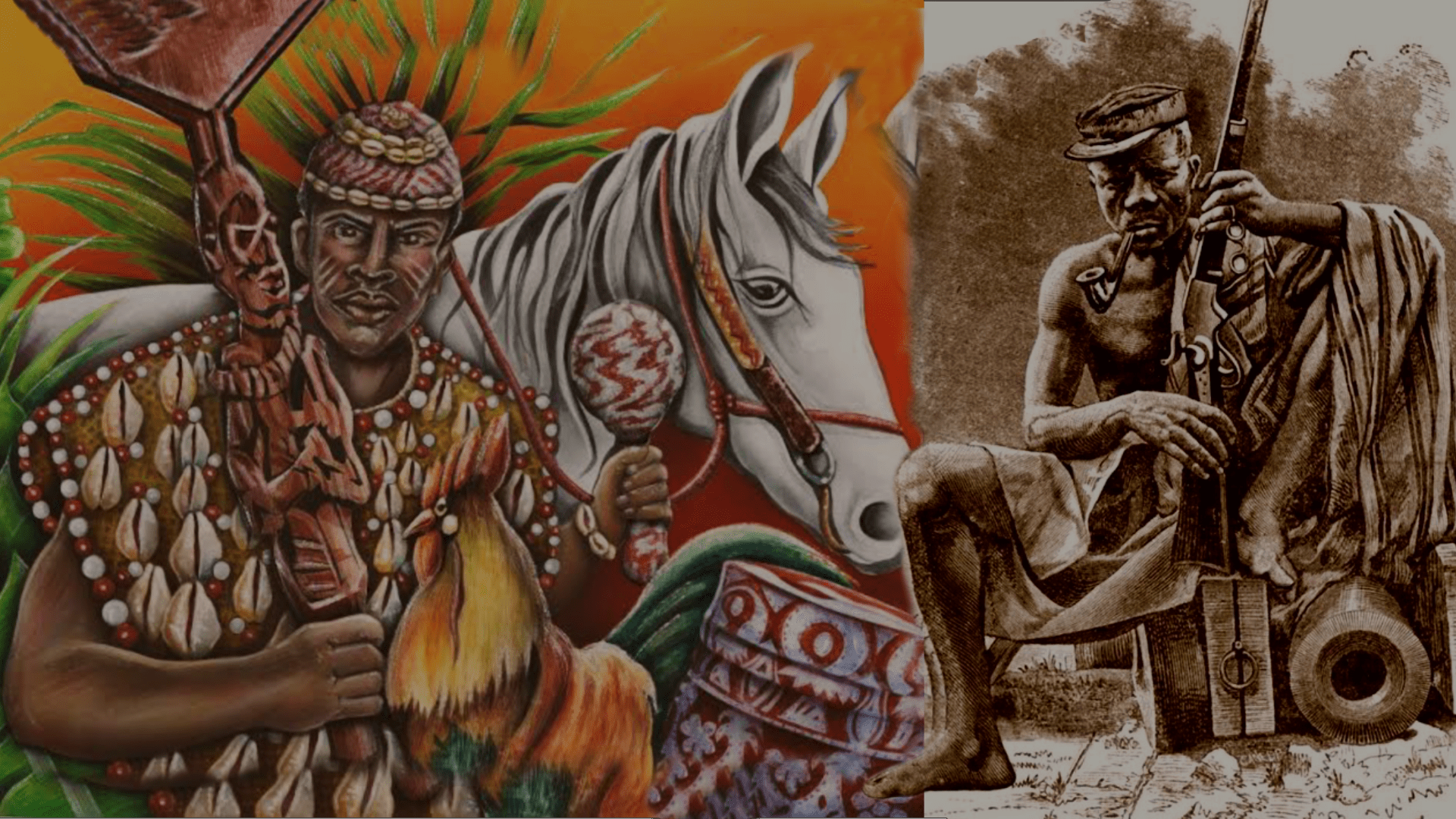The Oyo Empire of present-day Nigeria was a West African empire (c. 1400-1835). The empire arose at the turn of the 14th century from a kingdom founded by the Yoruba and grew to become one of the largest West African states encountered by colonial explorers. It climbed to the top due to trade resources and the strength of a magnificent cavalry.
From the mid-17th to the late 18th century, the Oyo Empire was the most politically powerful state in the region, holding control not only over other Yoruba kingdoms in modern-day Nigeria, Benin, and Togo, but also over other African kingdoms, most notably the Fon Dahomey (in present-day Benin).
Oranyan (also renowned as Oranmiyan), the youngest prince of the Yoruba Kingdom of Ile-Ife, is said to be the legendary father of the Oyo Empire. Oranyan and his brother planned to start a punitive raid on their northern neighbors for offending their father, Oba Oduduwa, the first of Ife’s Oonis.
The brothers clashed on the way to the battle, and the army broke up. The force of Oranyan was too small to carry out a successful operation, so he drifted along the southern shore until he reached Bussa. There, he was entertained by the local ruler, who presented him with a big snake with a magical charm attached to its throat. The chief ordered Oranyan to follow the snake before it came to a halt and vanished into the ground after seven days.
Oranyan followed the instructions and founded Oyo where the serpent stopped. The place is remembered as Ajaka. Oranyan established Oyo as his new kingdom and became the first “oba” (Yoruba for “king” or “ruler”) with the title of “Alaafin of Oyo” (Alaafin means “owner of the palace”).
Oba Ajaka, Alaafin of Oyo, succeeded Oranyan, the first oba of Oyo. Ajaka was deposed because he was seen as lacking Yoruba military virtues and allowing too much liberty for his sub-chiefs. Ajaka’s brother, Jakuta, was then given leadership, and he was later deified as the deity Shango.
After Shango’s death, Ajaka was restored. Thoroughly more war-like and authoritarian, Ajaka returned to the throne. His successor, Kori, managed to occupy the whole of what would be referred to as metropolitan Oyo by later historians.
His capital, Oyo-Ile (also known as Katunga, Old Oyo, or Oyo-oro), was the heart of Metropolitan Oyo. The ‘afin’, or palace of the Oba, and its market were the two most important institutions in Oyo-Ile. The palace was situated in the heart of the city, close to the Oba’s market, known as ‘Oja-oba.’
A tall earthen wall with 17 gates surrounded the city for protection. The importance of the king in Oyo was symbolized by the two large structures (the palace and the Oja Oba).
 The African History Truly African
The African History Truly African

